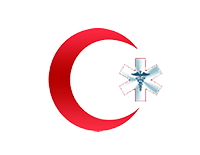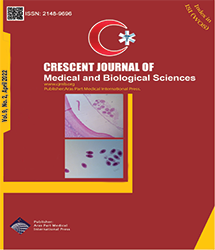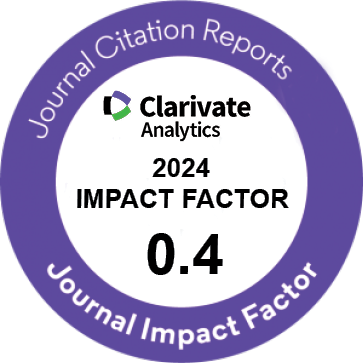| Original Article | |
| The Investigation of Metabolic Syndrome Among Middle-Aged Women, Kamyaran, Iran: A Cross-sectional Study | |
| Kamaleddin Hassanzadeh-Nokashti1, Javad Ahmadian-Herisi2, Parisa Yavarikiai3, Azizeh Farshbaf-Khalili4, Nafiseh Ghassab-Abdollahi5, Parvaneh Ghahremaninasab5 | |
| 1Department of Urology, Sina Hospital, Tabriz University of Medical Sciences, Tabriz, Iran 2Department of Allergy and Clinical Immunology, Pediatric Hospital, Tabriz University of Medical Sciences, Tabriz, Iran 3Department of Midwifery, Faculty of Nursing and Midwifery, Tabriz University of Medical Sciences, Tabriz, Iran 4Physical Medicine and Rehabilitation Research Centre, Aging Research Institute, Tabriz University of Medical Sciences, Tabriz, Iran 5Department of Health Education and Promotion, Faculty of Health, Student Research Committee, Tabriz University of Medical Sciences, Tabriz, Iran |
|
|
CJMB 2022; 9: 081-088 DOI: 10.34172/cjmb.2022.14 Viewed : 4450 times Downloaded : 2163 times. Keywords : Metabolic syndrome, Women, Middle Aged, Prevalence, Predictor |
|
| Full Text(PDF) | Related Articles | |
| Abstract | |
Objectives: Physical activity and nutrition can affect some serum markers associated with metabolic syndrome (MetS). We aimed to ascertain the prevalence and predictors of MetS among middle-aged women in this study. Materials and Methods: This cross-sectional descriptive-analytical study was performed on 164 eligible middle-aged women. Sampling was performed by two-stage cluster random sampling among all the health care centers in Kamyaran, Iran. Data were collected through anthropometrics, Food Records, and International Physical Activity Questionnaires. Serum lipid profile and glycemic control indexes, calcium, and 25-hydroxy vitamin D3 were assayed. Blood pressure was measured. The National Cholesterol Education Program Adult Treatment Panel III (NCEP ATP III) criteria were used to detection of MetS. Results: Forty-one women (25.0%; 95% CI: 18.4% to 31.6%) had MetS. Fasting blood sugar (FBS) (adjusted odds ratio (aOR): 0.020; 95% CI: 1.001 to 1.039), triglyceride (aOR: 1.024; 95% CI: 1.015-1.033), low physical activity: walking (aOR: 0.999; 95% CI: 0.998 0.999), dietary iron (aOR: 1.059; 95% CI: 0.989- 1.134) and waist circumference (aOR: 1.062: 95% CI; 1.020 1.105) have been detected as the MetS predictors in this study. Conclusions: Higher serum levels of FBS and triglyceride, higher iron intake and waist circumference, and low physical activity enhanced the chance of getting MetS. |
Cite By, Google Scholar
Google Scholar
PubMed
Online Submission System
 CJMB ENDNOTE ® Style
CJMB ENDNOTE ® Style
 Tutorials
Tutorials
 Publication Charge
Medical and Biological Research Center
About Journal
Publication Charge
Medical and Biological Research Center
About Journal
Aras Part Medical International Press Editor-in-Chief
Arash Khaki
Deputy Editor
Zafer Akan



















